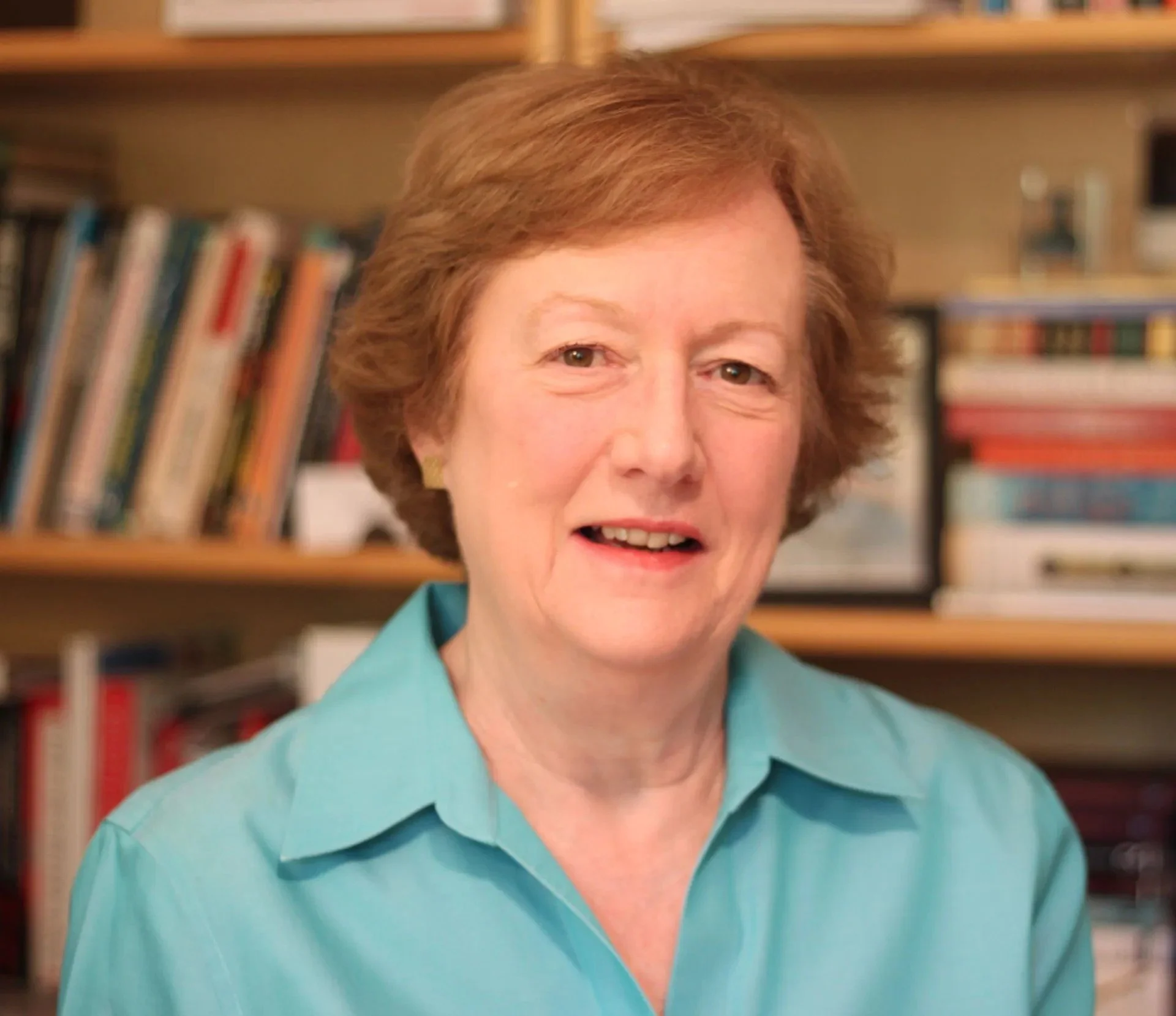Inês by Catherine Mathis
The Coffee Pot Book Club Blog Tour
Ines by Catherine Mathis
Today, I am delighted to host Catherine Mathis for the blog tour for her novel, Inês, the first book in her The Queens of Portugal Trilogy. Catherine has kindly provided an excerpt – please see below.
An heir to the throne, a gorgeous blonde lady-in-waiting, the king's trusted advisor. When a father and son don't understand each other, the son pays an outrageous price.
Love, jealousy, loyalty, and revenge roil the court of 14th century Portugal.
In this engrossing launch to the Queens of Portugal trilogy, Catherine Mathis gives a fresh take on the tale of Pedro and Inês, Portugal's real-life Romeo and Juliet. Pedro's father would not have been king if not for his trusted advisor, Gonçalves. Once king, he wants no part in neighboring Castile's royal convulsions though his son, Pedro, befriends powerful Castilians.
The all-consuming drive of the king is to ensure his line rules Portugal for centuries to come. He needs legitimate, strong heirs. The Infante Pedro loves a woman not deemed worthy to wear the crown as queen. Between father and son is Gonçalves, the king's powerful, unquestioned counselor who is mentor to the son. Both Gonçalves and Pedro seek the attention of Inês.
There is a horrific cost to winning the love of Inês. She will not release her grip on Pedro until he keeps the two sworn oaths he made to her. Can Pedro do the impossible to satisfy Inês?
Inês is based on real people and events, exploring a cultural touchstone of Portuguese history.
Universal Buy Link: https://books2read.com/u/br8OBY
An excerpt from Inês
From Coimbra to Alcobaça
Late March to Early April 1361
At Christmastide of 1360, Pedro, as he sat at the bedside of the feverish Infante Ferdinand, received word from the poet that Inês’s tomb neared completion. The message told him they could lay Inês in her final resting place at Easter. In early Lent, Pedro and his entourage had visited Alcobaça to discuss arrangements. Pedro worked with Coutinho to plan the services and celebrations. Now the time had arrived.
The Tuesday after Easter, the thirtieth of March, dawned with puffy white clouds dotting the sunny sky. Pedro strolled through the crowd, slapping men on the back, winking at women, laughing, and greeting even serving boys assisting their masters preparing for the journey. The music of bells, horses’ snorts, laughter, and calls drifted in the morning air as men lined up and prepared to leave. Not long after the Terce bell tolled, the procession departed from the church of the Convento de Santa Clara in Coimbra. Following a contingent of knights who cleared the way, Pedro rode a magnificent courser wearing a caparison from his poll over the back to the dock and halfway down the tail with the sides dropping to its knees. The cloth-of-gold caparison was embroidered with the shield of Portugal. Pedro wore a tunic of blue silk cross-stitched and interwoven with threads of gold, a heavily jeweled girdle, and a scarlet mantel decorated with ribbons and clasps of gold studded with precious stones on his shoulders.
Immediately behind Pedro came a covered litter riding between two palfreys, one at the head and one at the back, each wearing cloth-of-gold caparisons displaying the shields of both Portugal and the de Castros. Tied back at the four corner posts, rich yellow velvet curtains added elegance to the wooden structure. The litter bore Inês in a wooden coffin covered in numerous velvet cloths stitched with vegetative and floral motifs. The roof of the litter curved to a peak topped by a crown, for here lay Portugal’s Queen Inês.
Nobles, knights, clergy, and wealthy merchants followed in brilliant array. Progress was slow. It would take three days to make the journey. The entire distance was candlelit. Even peasants took turns passing the lighted tapers down the column. As the first night fell, the candles illuminated the road. “Two lines of stars beneath which our queen rides to her eternal rest,” was heard from more than one observer. On arrival at the village of Redinha, a town dating back to the Roman occupation, tents and cookfires with a meal awaited the travelers. The mood was celebrative – music and storytelling took place in various tents and around fires.
The second day, they paused for a midday meal at the foot of Pombal’s castelo. They continued on, and the second night stopped to sleep along the river running at the foot of the steep and rocky hill where the Castelo de Leira stood. Climbing the hill would take too long, so they pitched tents.
On the final day, tapers continued to edge the path to the Monastery of Alcobaça, where the cortege arrived well after sunset. In greeting, monks came from the monastery and lined the entry plaza with their tapers, creating a path for Inês. Alvaro de Castro and Ferdinand de Castro headed the six nobles carrying their sister through the chapel and into a sacristy, where two of her original faithful retainers awaited her.
Author Bio:
Catherine Mathis, Author
Catherine Mathis was born in Berlin, the daughter of an American spy. As she grew up in Washington, D.C., her spy father turned into a drug enforcement agent. His career change wrecked any chance at high school popularity. She graduated from Sewanee | The University of the South with a degree in history focused on the medieval period. After a career in finance, she returned to her first love of medieval history to ‘Share Iberian Tales.’ Outside of writing, spare time joys are family, friends, reading, collecting folk/outsider art, and travel.
Author Links:
Website: www.catherinemathis.com
Facebook: https://www.facebook.com/profile.php?id=100007239702480
Instagram: https://www.instagram.com/cmathisauthor/
Amazon Author Page: https://www.amazon.com/stores/Catherine-Mathis/author/B0F7FZHJ9T
Goodreads: https://www.goodreads.com/author/show/6987876.Catherine_Mathis


